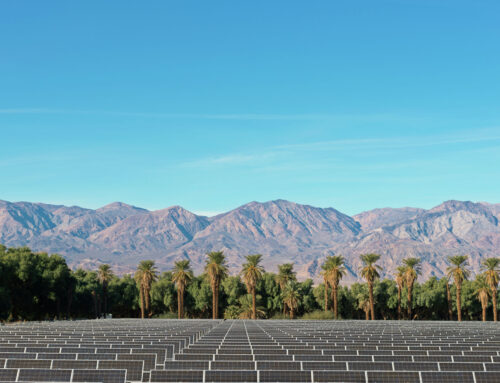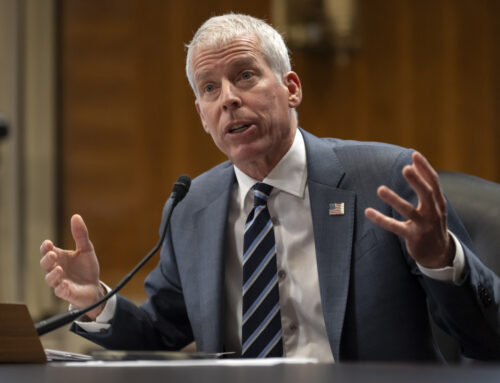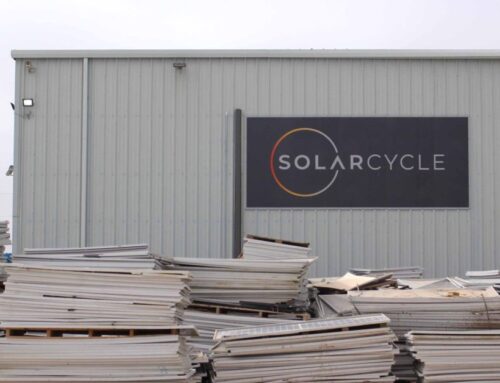Reversing pollinator decline: why Europe must act now
June 18, 2025
Wild pollinators are crucial for our food production and ecosystems, yet they are under threat. To tackle the causes of their decline and secure their habitats, we need actions across economic sectors, governance levels, and society. Monitoring the diversity and abundance of wild pollinators is indispensable for assessing the effects of these actions, according to an EEA briefing published today.
The EEA briefing, Protecting and restoring Europe’s wild pollinators and their habitats, highlights the importance of wild pollinators for healthy ecosystems and food security. Around 80% of EU crop and wildflowerspecies rely on insect pollination. The economic value of pollination for agriculture in the EU is estimated as at least EUR 5–15 billion annually, with crops like apples, tomatoes, almonds and sunflowers dependent on these services.
Yet, we are faced with a worrying decline of Europe’s wild pollinators, including wild bees, hoverflies, butterflies and moths. Nearly 40% of hoverfly species, 20% of butterflies, and 9% of bees are threatened with extinction.
There are several key pressures driving the decline, including:
- Loss of semi-natural habitats, which are of key importance for pollinators, results from both agricultural intensification and the abandonment of extensive farming systems.
- Excessive use of pesticides kills or weakens pollinators.
- Nesting sites in deadwood and veteran trees are lost through intensive forestry.
- Invasive alien species may affect both pollinators and their habitats,
- Climate change and extreme weather events impact food resources
Solutions for protecting pollinators
Agricultural practices heavily influence the health of pollinators populations. The presence of different semi-natural habitats, landscape elements and diverse crop types, typical for more extensive agricultural systems, is essential. Reducing the usage of pesticides and other agrochemicals is also crucial for protecting wild pollinators, shows the EEA briefing.
Many countries in Europe take action to protect pollinators. The EEA briefing presents inspiring examples of such initiatives from Ireland, Norway and Estonia.
Policy and recovery actions
The EU has already taken important steps to tackle this crisis. The EU Biodiversity Strategy for 2030 and the EU Pollinators Initiative set the commitment to reverse the decline in wild pollinators by 2030. The Habitats Directive, with the Natura 2000 network of protected sites, helps conserve key semi-natural pollinator habitats. The Nature Restoration Regulation, adopted in 2024, legally requires Member States to halt and reverse the decline of pollinators by 2030 and to establish robust monitoring frameworks which will help assess progress towards this recovery target.
The recently-published Vision for agriculture and food acknowledges that farmers’ ability to produce food depends on resilient ecosystems, again emphasising the critical importance of crop pollination.
Monitoring framework
The EU is developing a standardised, EU-wide pollinator monitoring framework, as foreseen under the Nature Restoration Regulation. Several useful monitoring initiatives already exist across countries and regions, but they vary in the species they track and the methods they use.
The proposed pollinator monitoring framework will use standardised monitoring methods to ensure robust and comparable data at species level.
Call for coordinated action
Restoring pollinators is about securing the foundation of resilient food systems and healthy ecosystems for future generations. The EEA briefing calls for pollinator-friendly agriculture and forestry, well-managed protected areas, and the full integration of biodiversity considerations across EU and national policies.
Loading
Search
RECENT PRESS RELEASES
Related Post



